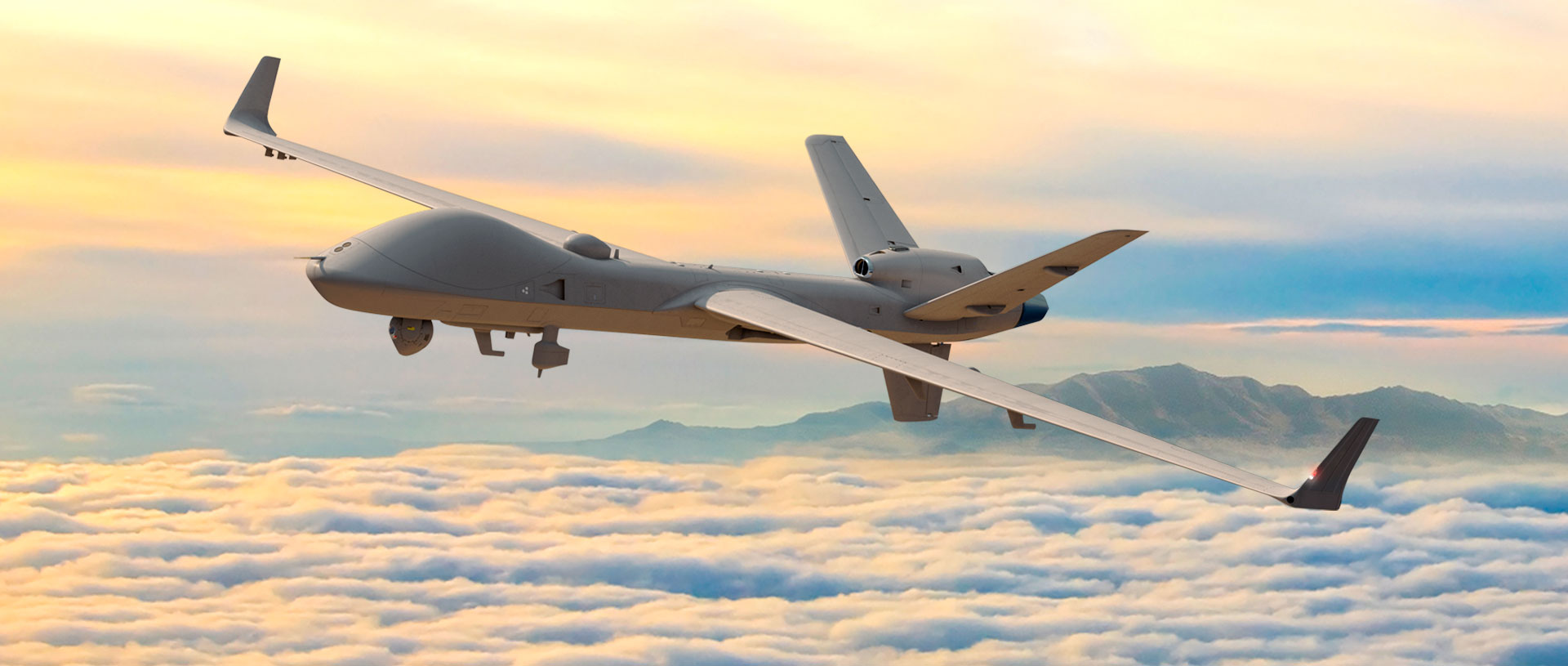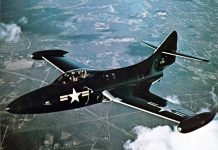The US-made MQ-9 Reaper drone, touted for its advanced surveillance capabilities, is facing increased scrutiny after a series of shootdowns amid ongoing conflicts.
On September 8, Yemen’s Houthi rebels claimed they had shot down yet another MQ-9 Reaper, marking what could be the latest in a troubling trend for the multimillion-dollar surveillance aircraft.
Houthi military spokesperson Yahya Saree announced in a prerecorded video that the drone was shot down over Yemen’s Marib province, an area long contested for its valuable oil and gas fields. He alleged that the drone was engaged in “hostile activities.”
Marib, a key battleground in the country’s civil war, has been a focal point for the Saudi-led coalition fighting against the Houthis since 2015. According to Saree, this marks the eighth such downing of a Reaper drone since the Gaza conflict erupted.

Though the Houthis have previously released footage days after making similar announcements, no visual evidence was offered to support the claim. The group’s attacks on US military drones have escalated in recent years.
The frequency of these attacks has increased notably with the escalation of the Israel-Hamas war and the Houthis’ campaign against maritime targets in the Red Sea corridor.
The MQ-9 Reaper, developed by General Atomics, is a highly versatile and costly asset. The aircraft, capable of flying up to 50,000 feet and operating for 24 hours, has been a critical tool for both the US military and CIA in Yemen.
Despite the Houthis’ claims, the US military, speaking to the Associated Press, stated they had “received no reports” of an MQ-9 drone being downed. However, hours after the claim, the Houthi-affiliated al-Masirah news channel reported US-led airstrikes near Ibb, another Yemeni city.
US Central Command said, “In the past 24 hours, US Central Command forces successfully destroyed three Iranian-backed Houthi uncrewed aerial vehicles and two missile systems in a Houthi-controlled area of Yemen.”
The attack is part of an ongoing US effort to neutralize Houthi threats, as the group has reportedly targeted over 80 vessels since the Gaza war began.
The Vulnerability Of MQ-9 Reapers
The MQ-9 Reaper drones have long demonstrated their significance in numerous conflict zones. Its advanced capabilities have made it a cornerstone of modern surveillance and strike missions. The MQ-9 Reaper’s impressive features, including its high-altitude flight and extended endurance, have been well-documented.
Traditionally, the MQ-9 Reaper has been a preferred asset in major conflicts, including the war in Afghanistan. It is also playing a silent but critical role in the ongoing Ukraine War.
Yet, recent incidents, particularly the downing of several Reapers by Yemen’s Houthi rebels, have raised significant concerns about the drone’s vulnerability. The Houthis’ success in downing these high-tech platforms calls into question the Reaper’s effectiveness in lightly contested airspace.

These recent setbacks are damaging the reputation of this expensive platform. Since October 2023, documented cases indicate that the latest event, if confirmed, may represent the eighth time the Houthis have downed an MQ-9 Reaper.
This situation raises serious concerns not only for the operators of these expensive drones but also for nations considering their acquisition. For instance, the debate over purchasing MQ-9 Reapers in India has gained momentum.
The Indian government is in the process of acquiring 31 of these drones, with a total cost exceeding US$3 billion. The Indian Navy is set to receive 15 of these drones, enhancing its maritime surveillance and strike capabilities.
On the other hand, the Indian Army and Air Force are each slated to acquire eight drones, which will bolster their ability to monitor activities along the contentious Line of Actual Control (LAC).
Indian Air Force veteran Air Marshal Anil Chopra pointed out that while small drones have become increasingly common in various conflict zones, including the ongoing Russia-Ukraine war, larger Medium and High-Altitude Long Endurance (HALE) drones present several strategic benefits.
Air Marshal Chopra said, “For a long time, India has been using the IAI Heron and Searcher UAVs for ISR roles. Once unmanned combat aerial vehicles (UCAVs) are acquired, the IAF could use the armed drone to not only look across the mountain in the Himalayas for surveillance and attack ground targets but also use them to intercept cruise missiles.”
“A few large drones can create an airborne radar chain for sectorial radar cover. IAF could use these drones for ELINT, SAR, and electronic warfare roles,” he added.
Chopra stressed, “Large drones will continue to play a significant role in maritime surveillance. The new extended-wing Reaper has an increased loiter time from 27 to 40 hours. They are much cheaper to operate than the P-8 Poseidon aircraft and can supplement the air effort.”
He concluded, “They could also support creating an extended air picture and situational awareness in India’s Bay of Bengal and Arabian Sea. Lastly, large drones can significantly help civil administration in emergency response to detect and mitigate the effects of natural disasters.”
- Contact the author at ashishmichel(at)gmail.com
- Follow EurAsian Times on Google News




